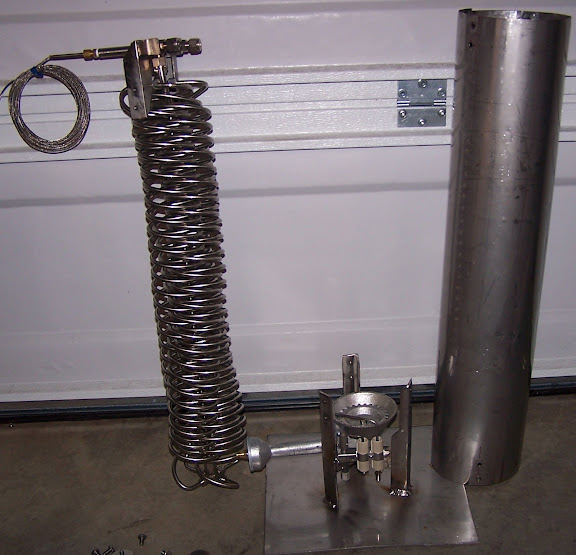I may be nuts about this....but please give me your thoughts.
I've been thinking about setting up an instant hot water heater to shave some time off the brewing process....thing is that they are expensive as hell....so I was thinking that it might be possible to use a copper coil (like a chiller, just wound up a bit tighter) and place it on my extra bayou jet burner stand.
The water goes through it, comes out hot and then into HLT and MT for strike water. Speed of water flow would determine the temperature at output.
I was even thinking of using an old corny keg and cutting the top and bottom off to use as a type of flu and to place the coil inside. Might even create a small chimney at the top to trap some additional heat.
Has anyone ever done this? Any concerns? Do you think that the temperature would actually rise enough?
Thanks in advance
I've been thinking about setting up an instant hot water heater to shave some time off the brewing process....thing is that they are expensive as hell....so I was thinking that it might be possible to use a copper coil (like a chiller, just wound up a bit tighter) and place it on my extra bayou jet burner stand.
The water goes through it, comes out hot and then into HLT and MT for strike water. Speed of water flow would determine the temperature at output.
I was even thinking of using an old corny keg and cutting the top and bottom off to use as a type of flu and to place the coil inside. Might even create a small chimney at the top to trap some additional heat.
Has anyone ever done this? Any concerns? Do you think that the temperature would actually rise enough?
Thanks in advance



